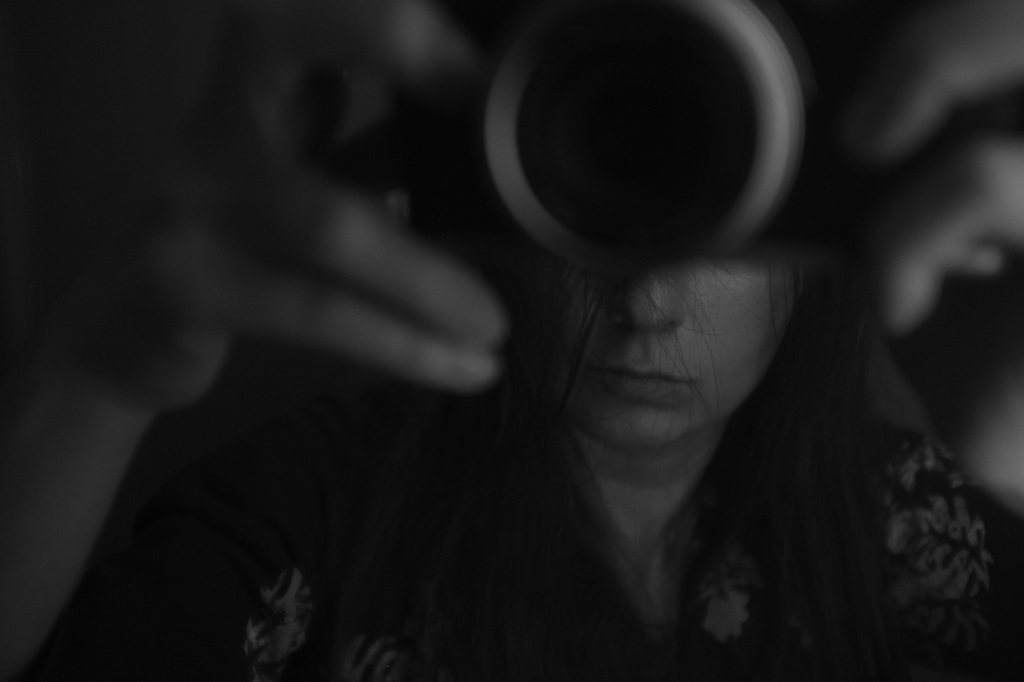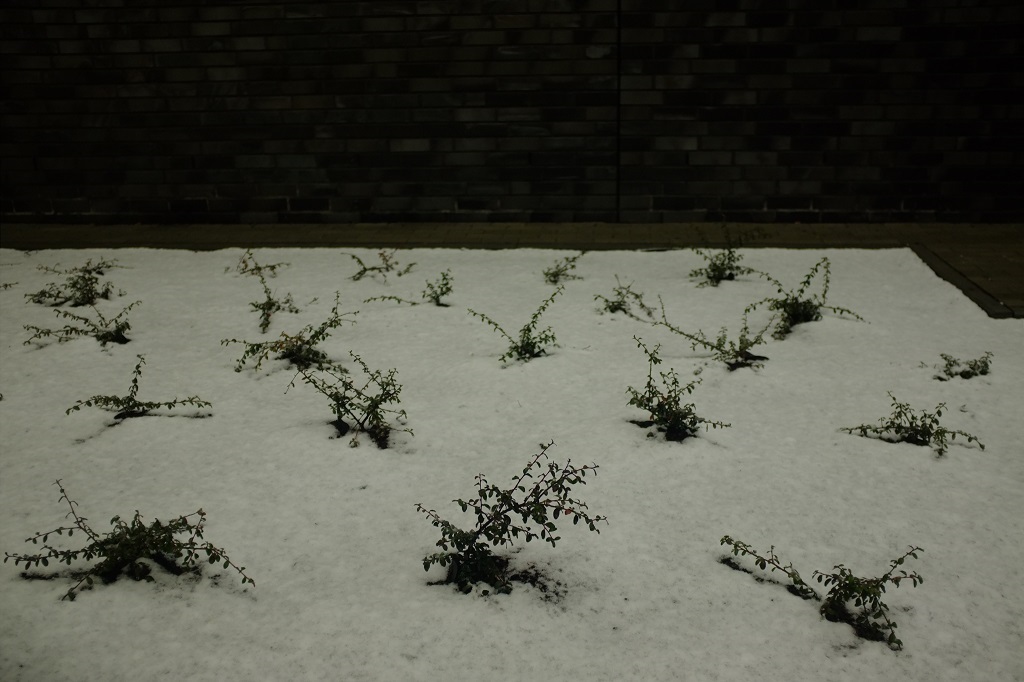Part 2 of SnappedAway In-Depth Series with Kinga Owczennikow (pictured above). We talk about her work, process and what she finds challenging as a photographer.
Can you briefly introduce yourself and your photography style to our readers?
My name is Kinga. I’m a world citizen and an explorer, only then I’m a photography student who strongly follows her intuition. I express myself through found photography, shooting both film and digital, with the insatiable curiosity for the underlying melancholy of things. My photography style is not quite defined yet or perhaps I don’t want to define it. However, it is surely interlinked with my traits of nature connectedness.
My previous tutor, once told me, that there was something of the flâneur spirit to my work. At the highest preference, I wander places with no one but my camera, without preconceived notions, in order to find my photographs within the given space, time and set of emotions.
How did you get interested in photography? And why did you pick photography as a medium and a form of expression?
If I think about it, my serious interest in the medium started, more or less, the moment I set off to see the far flung world, I always dreamt of. After all, traveling outwards lies at the core of photography with its way of presenting foreign cultures, but even more so the act brings about the traveling inwards with essential questions to be answered: what does excite me?/ sadden me?/ move me?/ motive me?/ who am I?/ why am I here?/ Photography becomes the answer as well as the gateway to artistic creation.
It seems like a different lifetime, when I found myself on the way to Bombay but it happened just over a decade ago. One of the subtle consequences of a month-long trip was the fact that my attraction to photography naturally increased. However, my real eagerness to learn more about the history and the act of photography itself began even more recently, with my first publication of a single shot by the Time Out Hong Kong, in April/May 2010. The decaying fence led me towards endless possibilities, becoming my gate to the world of photography, or so I perceive it through retrospective.
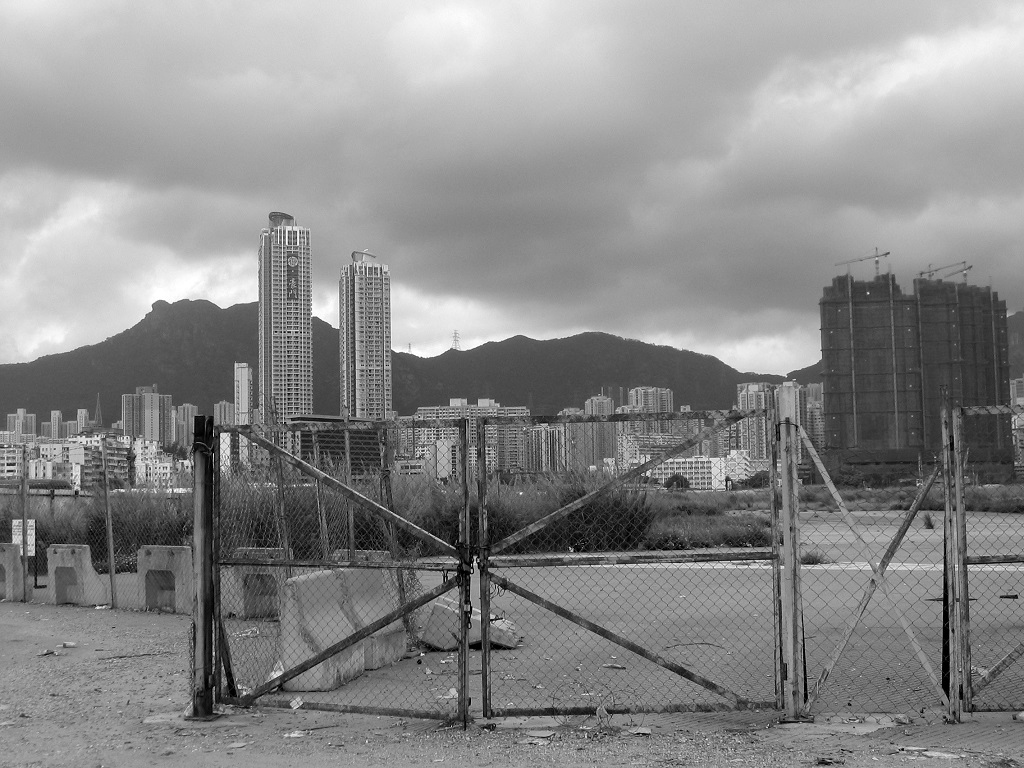
How did you learn how to shoot? And what did you find the most helpful source of information along this way?
At the beginning, I was self-taught with a great load of curiosity but not about the technical aspects but more about how to get it just right, trying to express my emotions in the most sincere way.
In 2011, I enrolled at Warsaw School of Photography and that has been the milestone of my journey into the art of photography, planting in me the beautifully reflective and necessarily questioning seeds of: who?/what? /how? /why? /where? /will I? I continue the studies at my own pace, with both personal and university assessed projects, alongside assigned tutor.
How about your photography style? Can you describe your journey to where you are right now?
It’s an ongoing process with a current focus on self-portraits which are somewhat inspired by work of Francesca Woodman. Probably just at times.
I have always had and continue to have a strong preference for dark tones in both monochromatic and colour imagery.
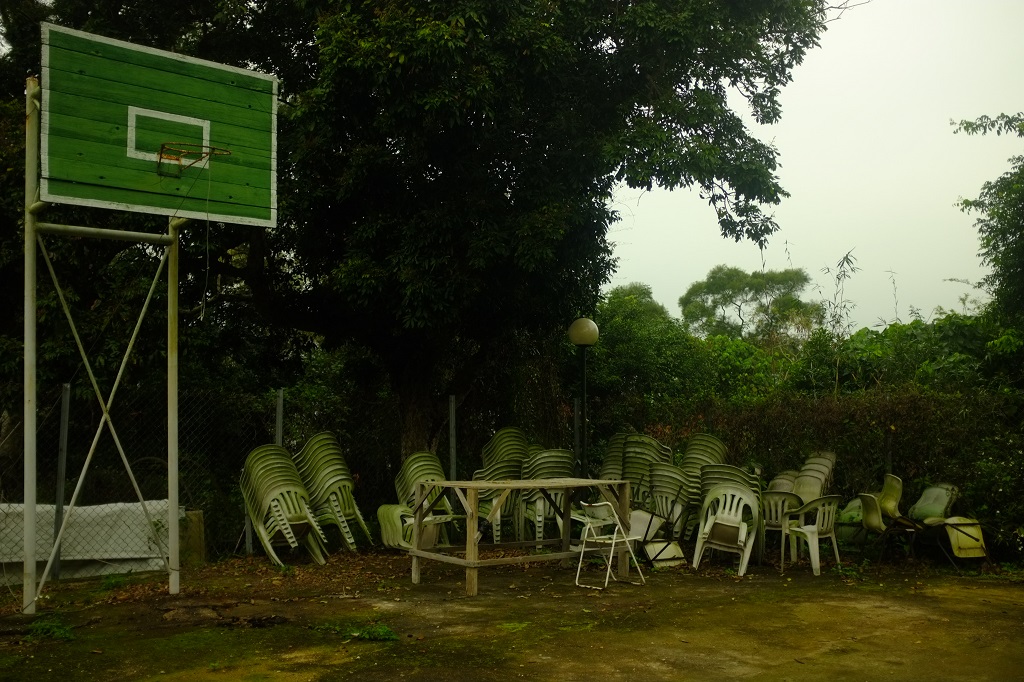
Do you remember your first most inspiring photographer/ photo book/ exhibition in your life? And how about other photography masters? How do they inspire you and how do they influence your photography style?
I would say that black and white photography all around me has been my inspiration. To offer some examples, recently I’ve become quite mesmerized by the artworks of Pentti Sammallahti and Arno Rafael Minkkinen, both Finnish photographers. Also the meditative work of Angela Faris Belt finds me intrigued or most recently, the innovative photo-sequences by Duane Michals, often accompanied by handwritten text. At last but not least, I’ve always found the photographs of André Kertész as a deep source of inspiration. I begin to hold a belief that all images get forever imprinted in our memory.
I also realize, more than before, how profoundly we are affected by the place we live in; moreover whether it is a city or hometown, whether we are happy or rather dissatisfied with the specific area we happen to stay in. Therefore my work is strongly influenced by having lived in many places and having chosen to lead sort of nomadic life, not avoiding but kind of ignoring in many aspects the paths preset by the society.
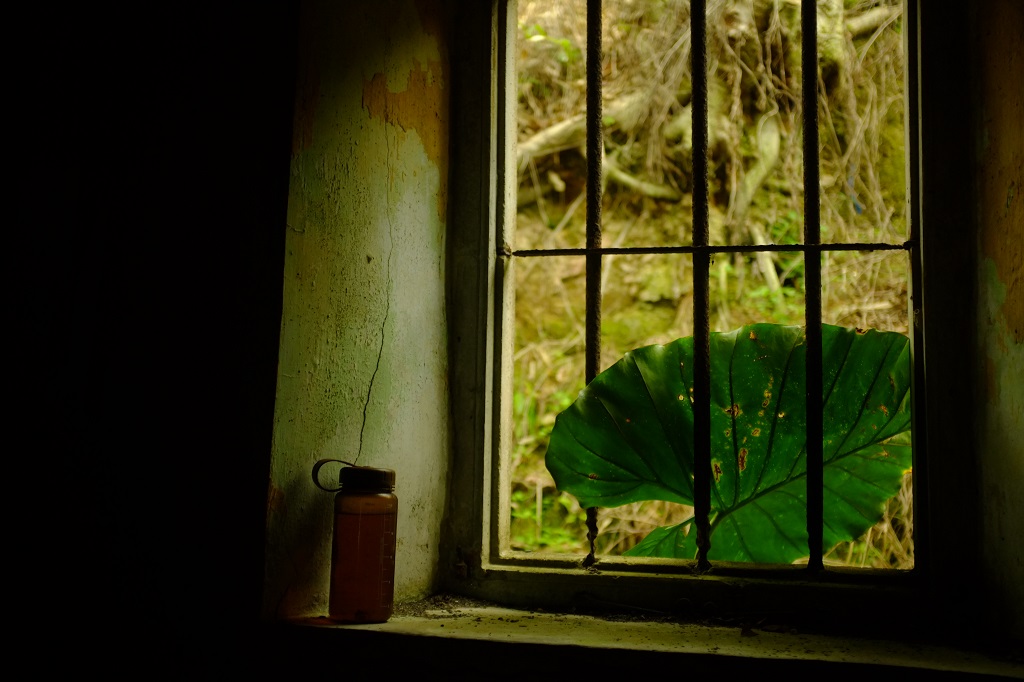
How do you work? Are you after a specific project or a single frame? Do you come with idea first or the idea finds you when you are shooting?
I am definitely after a single frame however over the course of my open-style studies, I began to photograph bearing in mind the requirements of shooting for assignments. The whole process definitely continues being a broad learning curve for me. The ideas are usually there, ready to pick from but they seem to wait for the moment, when time is ripe.
What is your favourite or memorable project/ photo you have worked on. Why? And also what is the project you will share with us?
The series titled Solitude before dusk will remain my most memorable project as it has stirred the greatest affection for photography in me. It was like a tipping point, taking me to a different level of awareness of myself, my creative impulses and my sensitivity as a human in relation to the ever changing world.
The project I will share with you is called Delusions and contains of dark imagery, taken during my unexpected, short stay in Tokyo, in October 2014. It somewhat seals my return to Japan after 5 years as well as underlines the emotional space in which I find myself at the current moment.
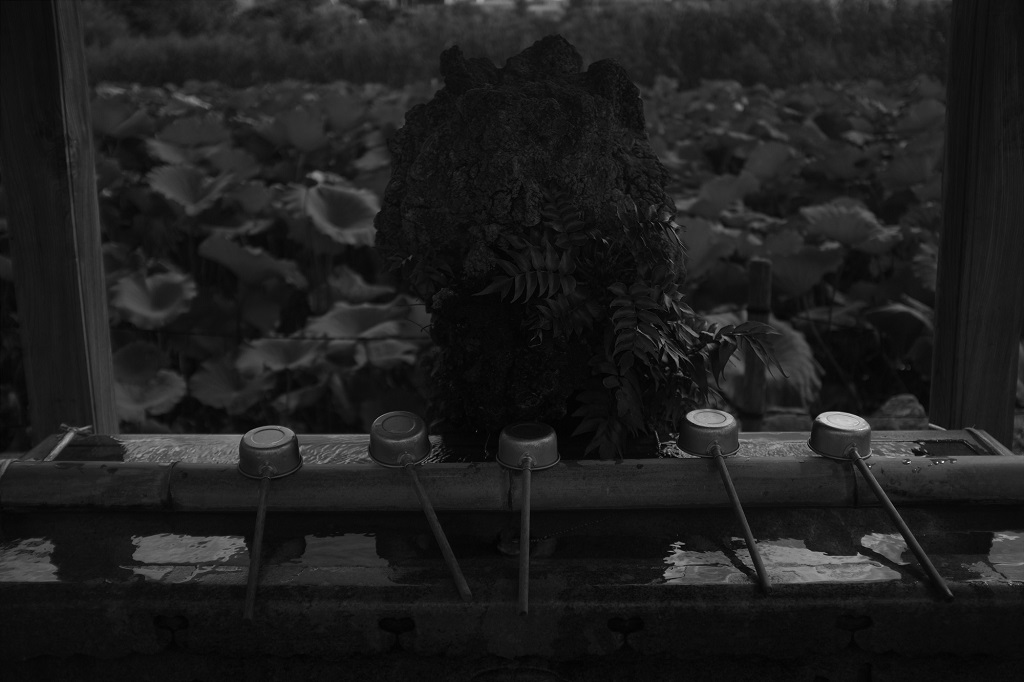
What do you personally find challenging as a photographer?
… to feel that I am ready to let go of everything and just immerse myself into the moment. To put it simply, to be present to the frames awaiting me. I am not sure how to word it… It requires patience and persistence. On the other side as I work mostly with natural light, I still find challenging the process of applying various lighting techniques and coming up with worth-keeping results. Nevertheless, I come to feel self-encouraged to experiment.
Do you have your favourite lens? Why this specific one? Favourite camera?
My main camera is the Fuji X100 with the 23mm, fixed lens which is equivalent to 35mm. It’s beautifully made and fulfills my fondness of vintage. It’s also convenient, stopping me from superimposing myself onto anyone.
This year, I started to shoot with the classic Nikon FM2. The next step will be moving to the medium format camera in order to explore the higher level of visual subtlety and detail which is more likely to be perceived with this size of film. Overall, going back to analogue photography is my attempt to slow the terrible tendency of today’s world to rush and get everything at the very instant.
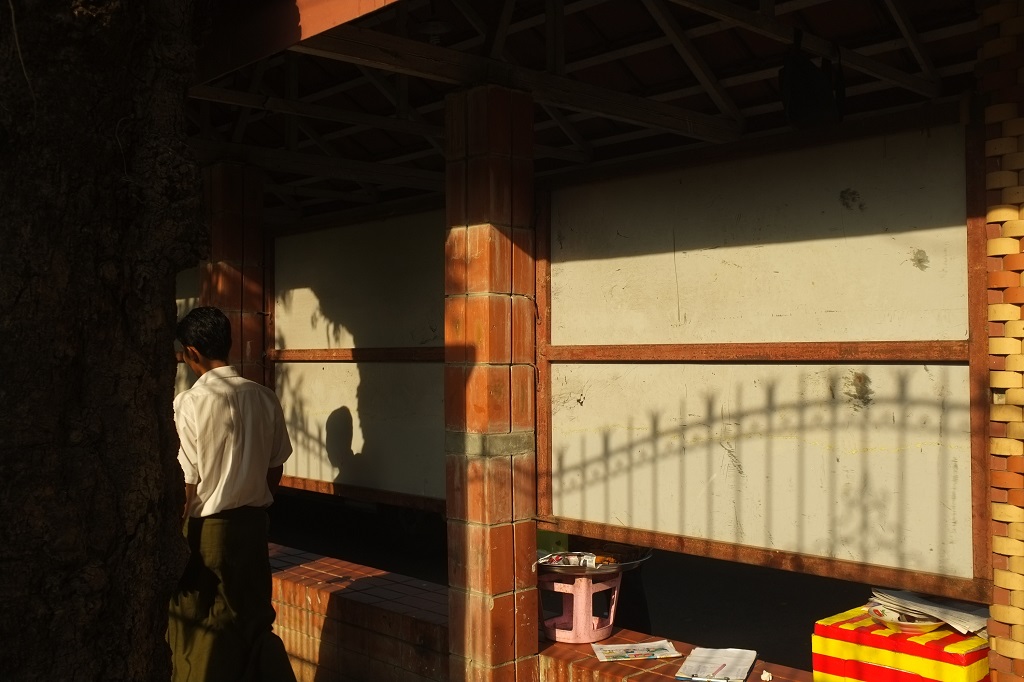
What is one piece of advice you would like to offer a person starting as a photographer.
I am starting as a photographer thus no much. I can just say, be curious and open-minded enough to follow the voice from within yourself. I would also like to share a quote by Paul Caponigro which I find the most valid for, what I personally feel about photography:
At the root of creativity is an impulse to understand, to make sense of random and often unrelated details. For me, photography provides an intersection of time, space, light, and emotional stance. One needs to be still enough, observant enough, and aware enough to recognize the life of the materials, to be able to ‘hear through eyes’.
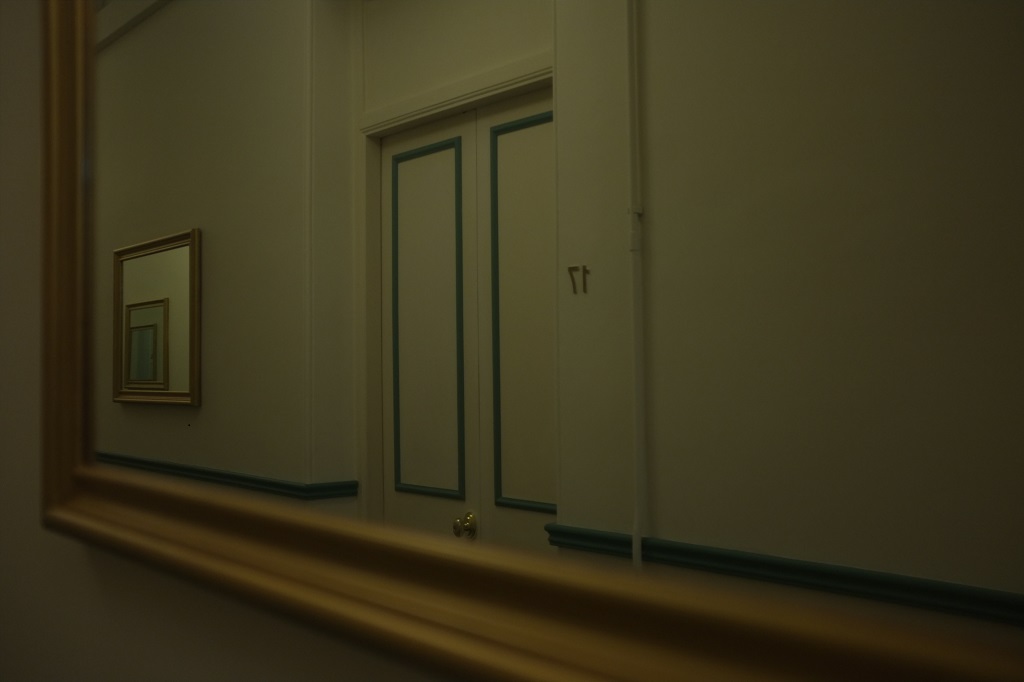
If you enjoyed reading this post check the previous blog entry with my introduction to Kinga’s work and also stay with us for more of her photography.
Share this Post
Recent Posts

